I am currently trying to add a 7 segment display to my motorbikes gear indicator. requirements dictated by the bike:
- there is a positional switch to ground for each gear. If you think it's like a rotary switch with the common connected to ground.
- 12v supply
- needs to be small / easily hidable.
I would like to avoid microcontrollers and additional voltage regulation needed if possible to keep costs and size down etc etc. so have been trying to achieve this with CD4000 IC's
This is what I have come up with so far. I just did a quick sketch to show what's on my breadboard so haven't put the display and the SP12T is just to be descriptive quickly with my existing Kicad footprints.
Now theoretically this should work, I think. Breaking it into parts it all functions properly, That is, I can get the output from the 4532 to display the binary correctly with LEDS directly from Q0-2. Obviously inputting the 4511 with a wire to power displays the numbers as expected. But, when I put them both together, all I get is either "0" or I have seen "8", but .
I am not sure if this is a reasonable approach. If I am missing an obvious mistake in my circuit.
Any help would be appreciated!
cheers

